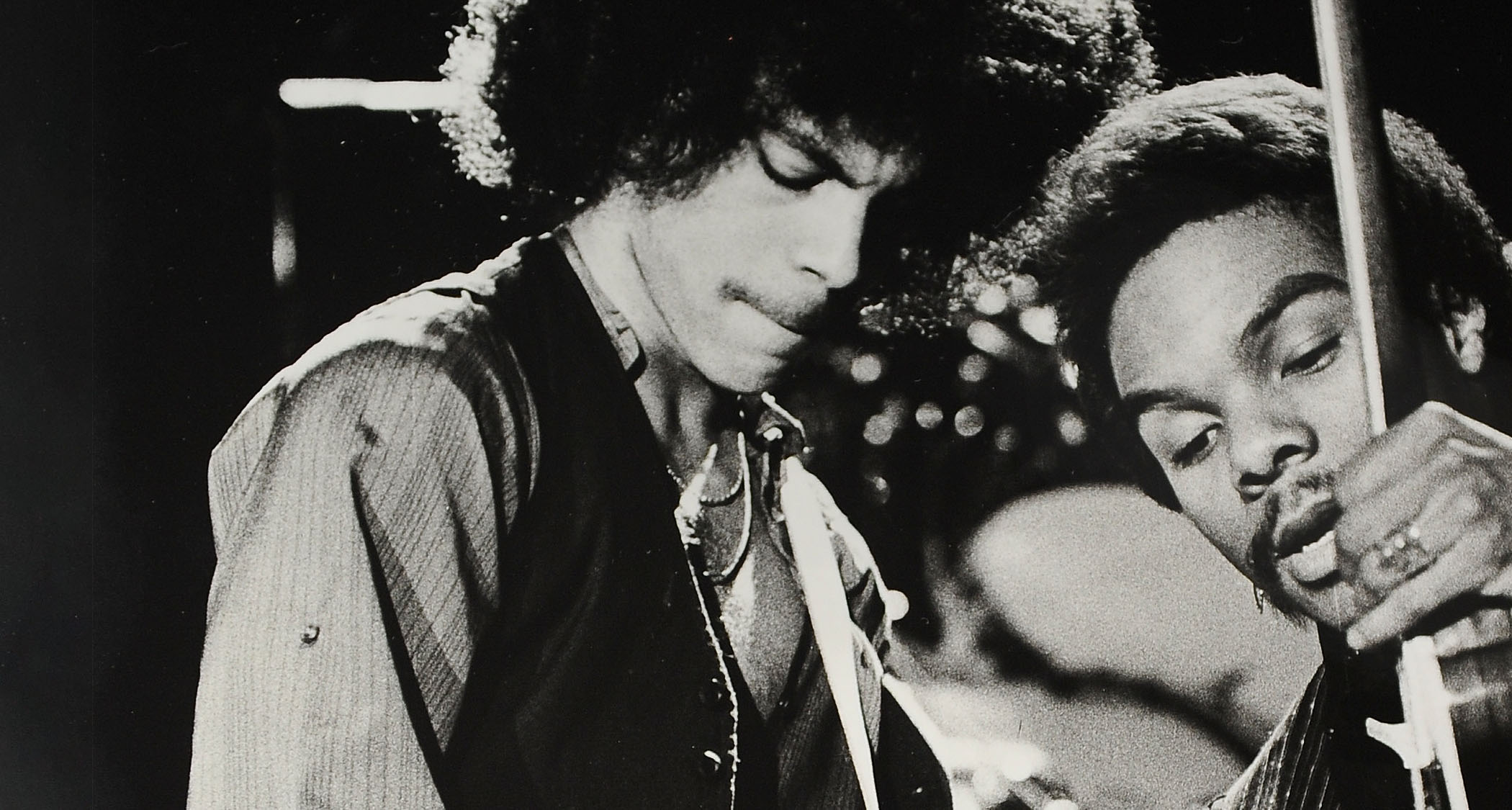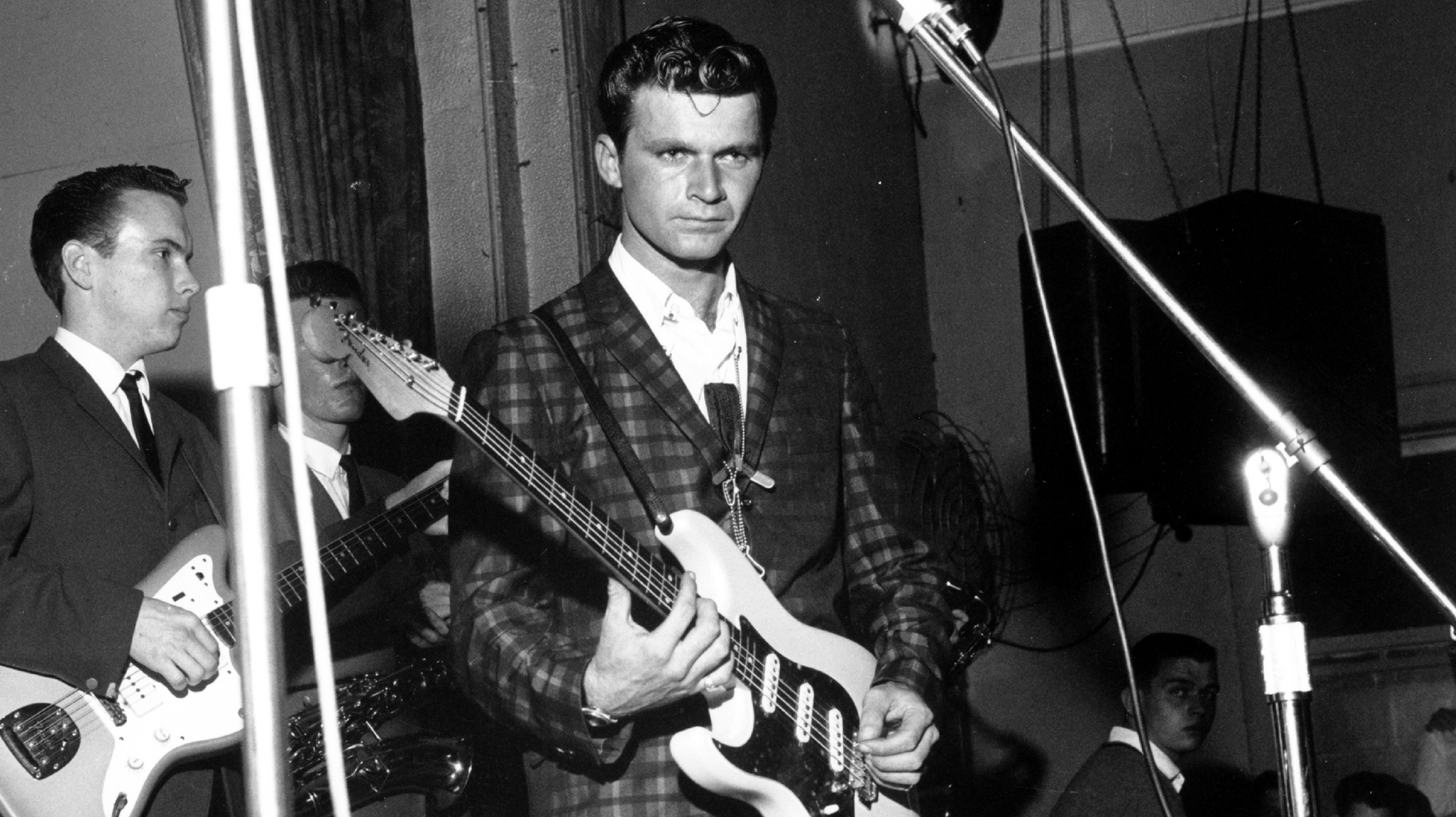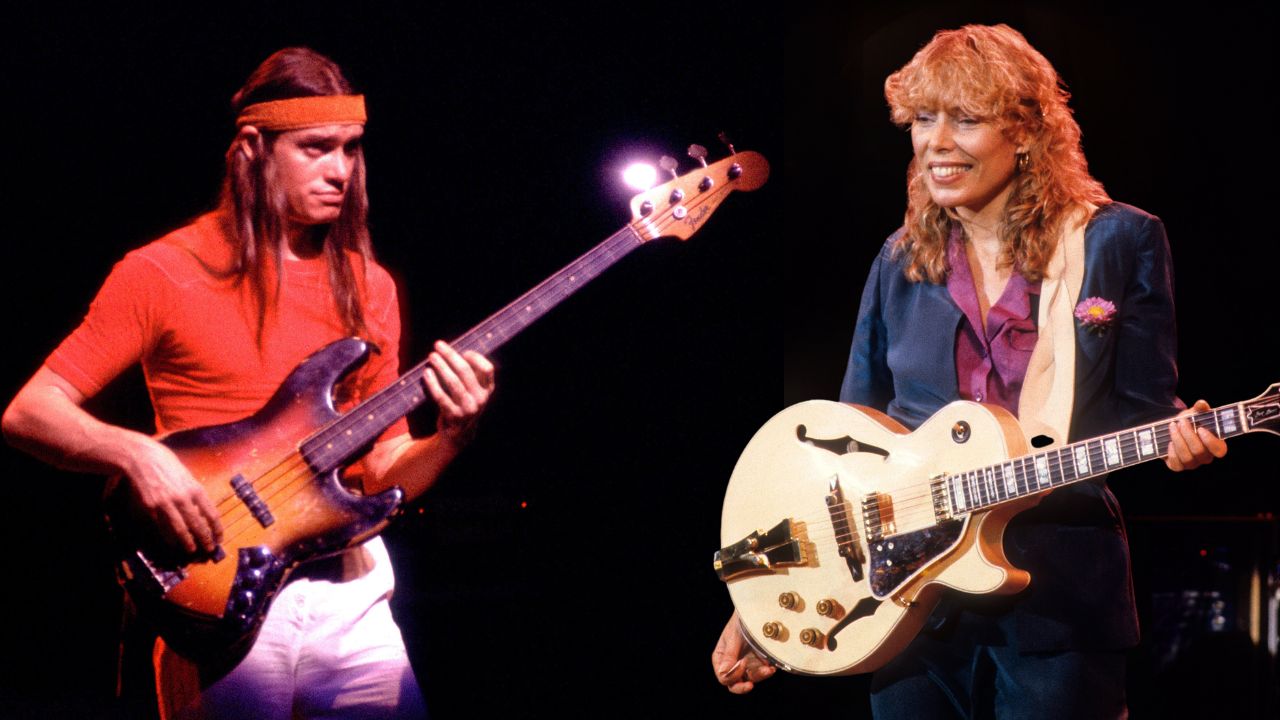“It puts into context just how far removed digital models are from the real thing”: I played the last Overdrive Special that Dumble worked on – and it completely changed my perspective on the amp of my dreams
The Dumble Preservation Society went to NAMM with a hall-of-fame amp display, and playing through one of its Overdrive Specials was an eye-opening experience
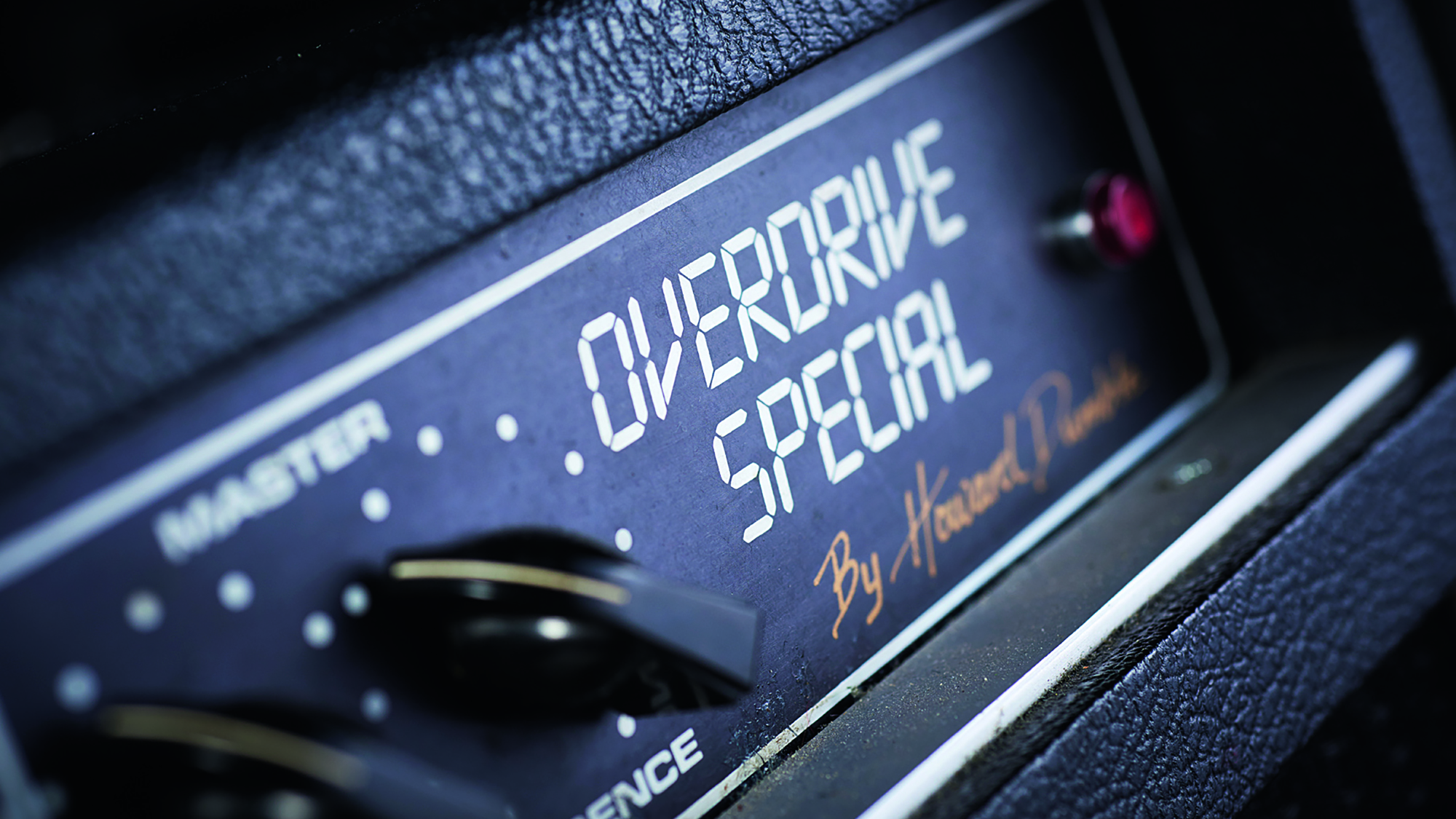
I didn’t go to my first NAMM expecting to play a Dumble Overdrive Special but, somehow, that’s exactly what happened.
It all started when we came across a small unassuming booth, which never opened its doors to the public but drew attention nonetheless because of the billboard outside that read: “Overdrive Special by Dumble”.
It was this year’s most surprising exhibitor, owing to the fact a new website promising new builds based on “trade secrets” was stealth-launched last year. And, after we visited the booth to get the lowdown on everything that’s been happening with the brand since the passing of its legendary founder, Howard Alexander Dumble, we were given a tour of the company’s NAMM 2025 display.
For the show, the newly formed 'Dumble Preservation Society' had assembled a hall-of-fame showcase of some highly notable Dumble amps. This included Stevie Ray Vaughan’s Steel String Singer, Carlos Santana’s old Overdrive Special, and the first amp Dumble ever made.
There was also, perhaps most poignantly, the last Overdrive Special the man himself started work on.
As it turns out, it was incomplete by the time he passed, so the Preservation Society – who needed ‘product’ to keep the relevant trademarks – completed it with the help of one of Dumble’s amp engineer friends.
To my surprise, after our walkthrough of the showroom, I was allowed to plug in and take the hallowed ODS – quite literally the amp of my dreams – for a quick spin.
Get The Pick Newsletter
All the latest guitar news, interviews, lessons, reviews, deals and more, direct to your inbox!
Playing a Dumble Overdrive Special is a curious experience. The names associated with Dumble is a list of certified legends, from John Mayer and Robben Ford to Lowell George and Carlos Santana. As someone who is so familiar with its lore and tones, and well-read on the nuances and apparent challenges that Dumble amps pose, I thought I’d be prepared for the experience.
That, of course, was naive. Much has been made of a Dumble’s unforgiving character, and many (Kenny Wayne Shepherd included) have gone on record to discuss how playing one will lay bare all your flaws, no matter how small they may seem.
The overwhelming consensus is that your physical performance has to be top-notch if you want to get the most out of an Overdrive Special – if there’s anything slightly unrefined about it, the transparentness of the amp will make it stick out like a sore thumb.
So, armed with the Society’s 1959 Fender Stratocaster (casual), I plugged in and did my best to battle through and not get too fazed by the fact I was playing a real Dumble Overdrive Special.
It was humbling. There’s no safety net. The response is present, punchy, and immediate, and although I consider myself a fairly dynamic player, I would be foolish to think I made the amp sound anywhere close to its best.
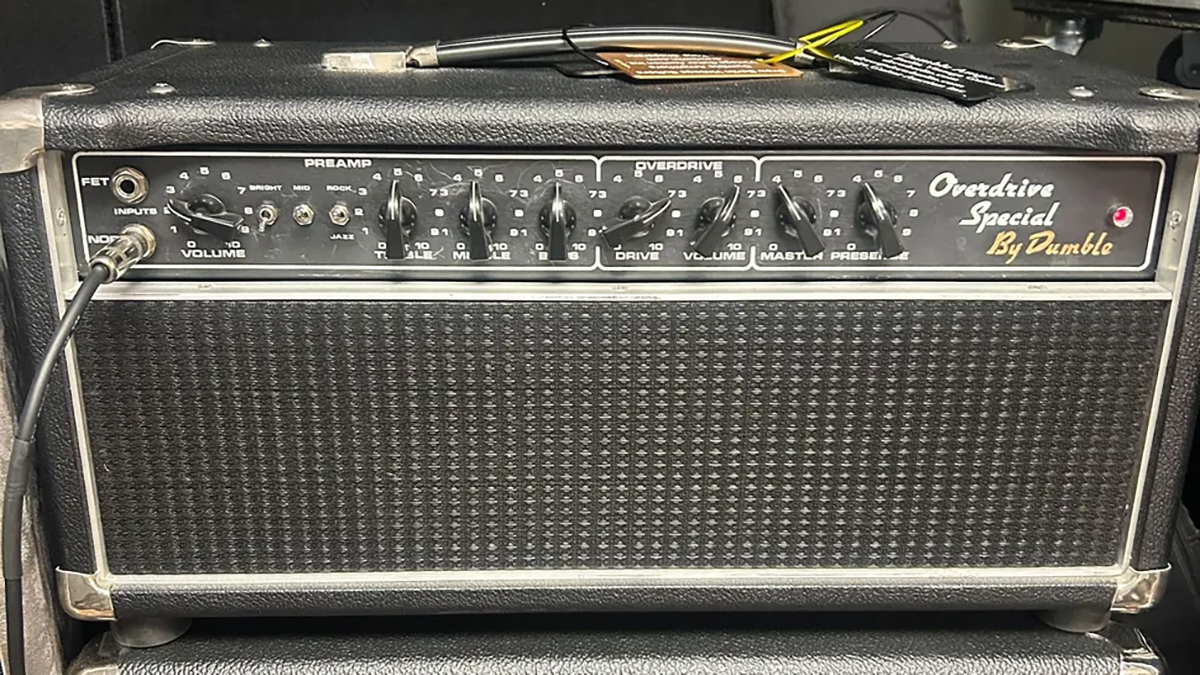
The cleans especially were hard to wrangle, and although I fared a little better when some of that mythical drive was thrown in (I could quite comfortably hide behind the gorgeously harmonic feedback and take a breather), it still felt… odd.
That might have had something to do with the fact that the last ODS Dumble made came fitted with EL34 tubes – a decidedly Marshall-esque approach that differs from the 6L6 valve tones of Fender amps and other Dumble sounds that I’m perhaps more familiar with. But, even so, I don’t think that would have solved my shortcomings.
Likewise, I could easily play the cop-out card and insist that Dumble himself would tailor an amp’s response directly to a player’s touch, and so of course playing a stock amp wouldn’t be some magical experience… but I won’t, because the fact is that probably wouldn’t make any difference, either.
It also raises an interesting point about any potential future Dumbles. If more amps are going to be made – and we've been told they are – they will be created without that personal Dumble tweak that gave them such a mythical reputation in the first place.
Without Dumble himself here to tailor each amp to the recipient's playing, can they truly be considered Dumbles?
Whatever the case, and regardless of what the amp made of my playing, there’s no denying it sounded good, with or without tailoring. The overdrive of an Overdrive Special is powerful, and when you really get to crank it in a locked soundproof booth, it can be quite overwhelming.
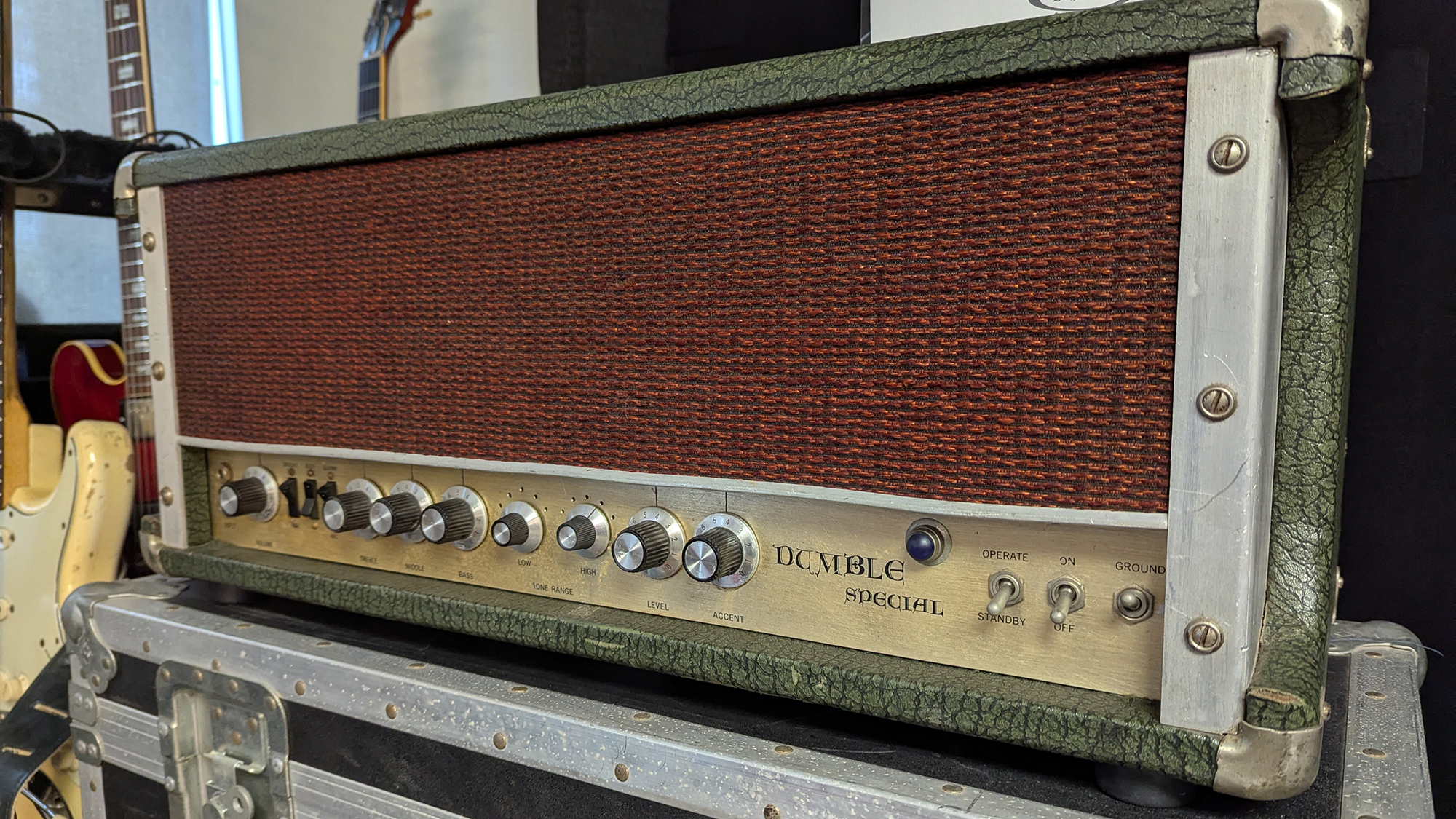
One thing’s for sure: it’s (obviously) a completely different kettle of fish compared to playing digital Dumble models. The Dumble-inspired Line 6 Litigator is one of my go-to amps on the HX Stomp. It’s a far more squish-y, sag-y sound and, if anything, further puts into context just how far removed these sims are from the real thing.
Of course, this is all coming from someone who hasn’t played too many high-end boutique amps before, so while some more seasoned players may shrug their shoulders and not be especially moved by Dumble, the unique opportunity of playing a Overdrive Special certainly is not lost on me, and was definitely one to savor.
So, is it still the amp of my dreams? Well, yes… sort of. I still love the Dumble sound, and I’d be equally thrilled if I ever got the chance to play one again. The magic is not lost on me, but having experienced the exact phenomenon that Kenny Wayne Shepherd and co have been so vocal about in the past, it has certainly changed my perspective.
I came away feeling more awe-struck by the fact I had played a Dumble, rather than feeling especially wowed by the tone I managed to get from it. I didn’t expect a Dumble to make me sound better, but the extent to which it made me cringe at my own playing did take me by surprise. And that probably says more about me as a player, rather than the amp.
Now, I think I’m now more than happy to leave Dumbles to the players vastly superior to me, and enjoy being a listener, rather than a practitioner, of the tone. If I did get a chance to play one again, though, I’d try play a little more, and not just spend two minutes on blues-y noodles…

Matt is the GuitarWorld.com News Editor. He has a Masters in the guitar, a degree in history, and has spent the last 16 years playing everything from blues and jazz to indie and pop. When he’s not combining his passion for writing and music during his day job, Matt records for a number of UK-based bands and songwriters as a session musician.
You must confirm your public display name before commenting
Please logout and then login again, you will then be prompted to enter your display name.


